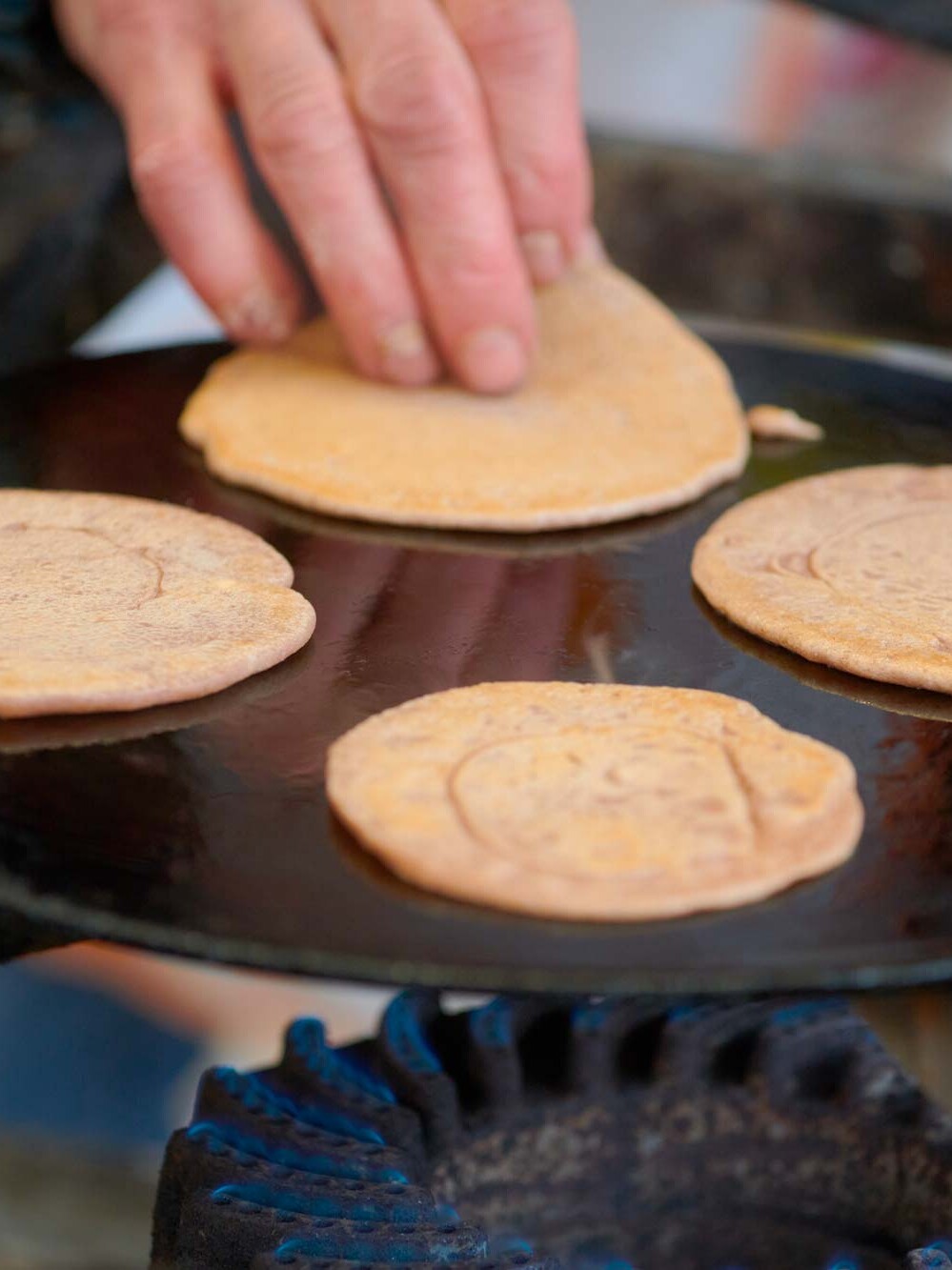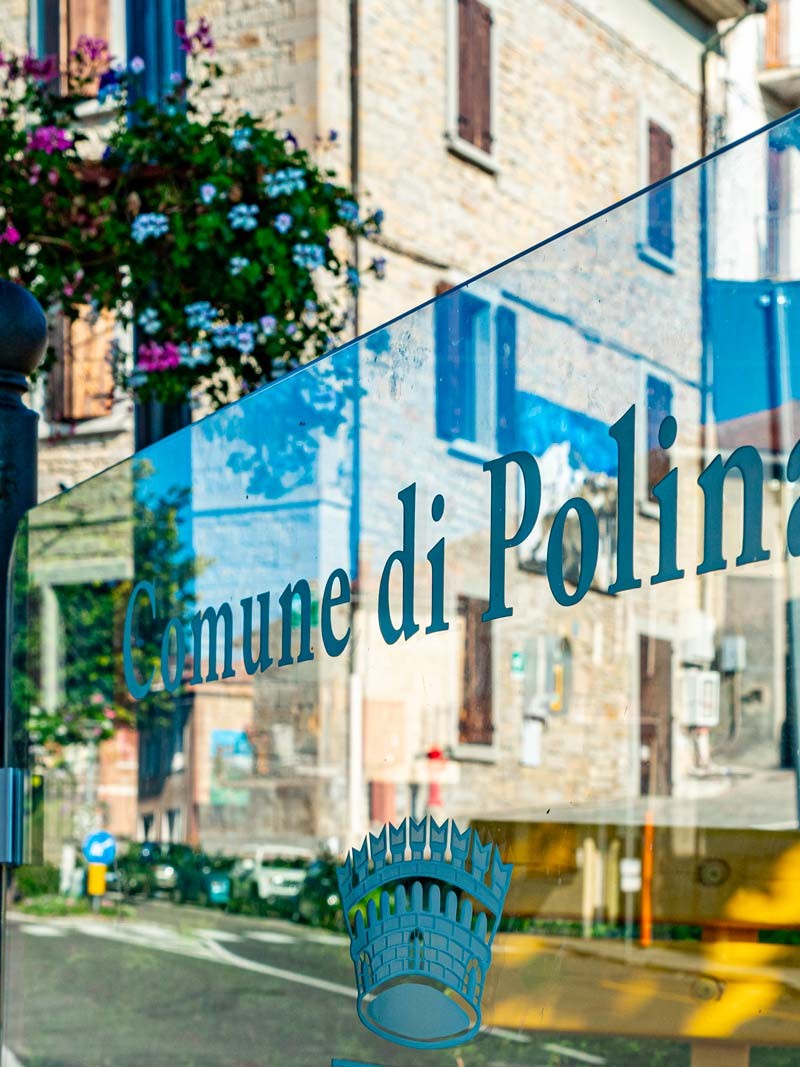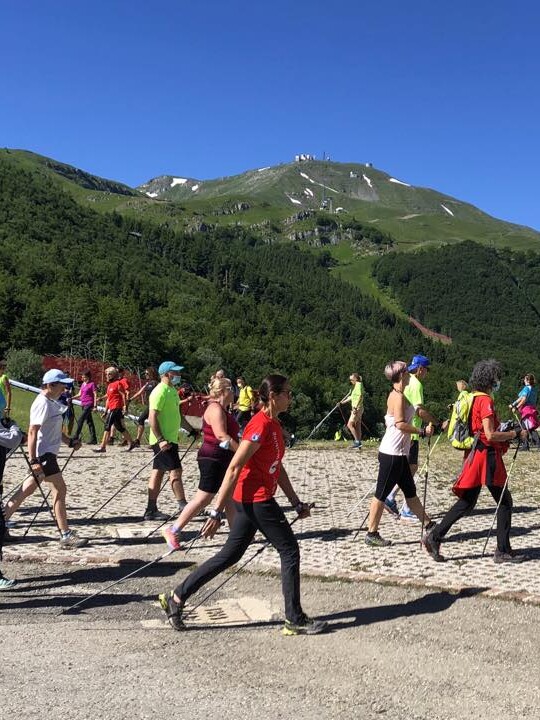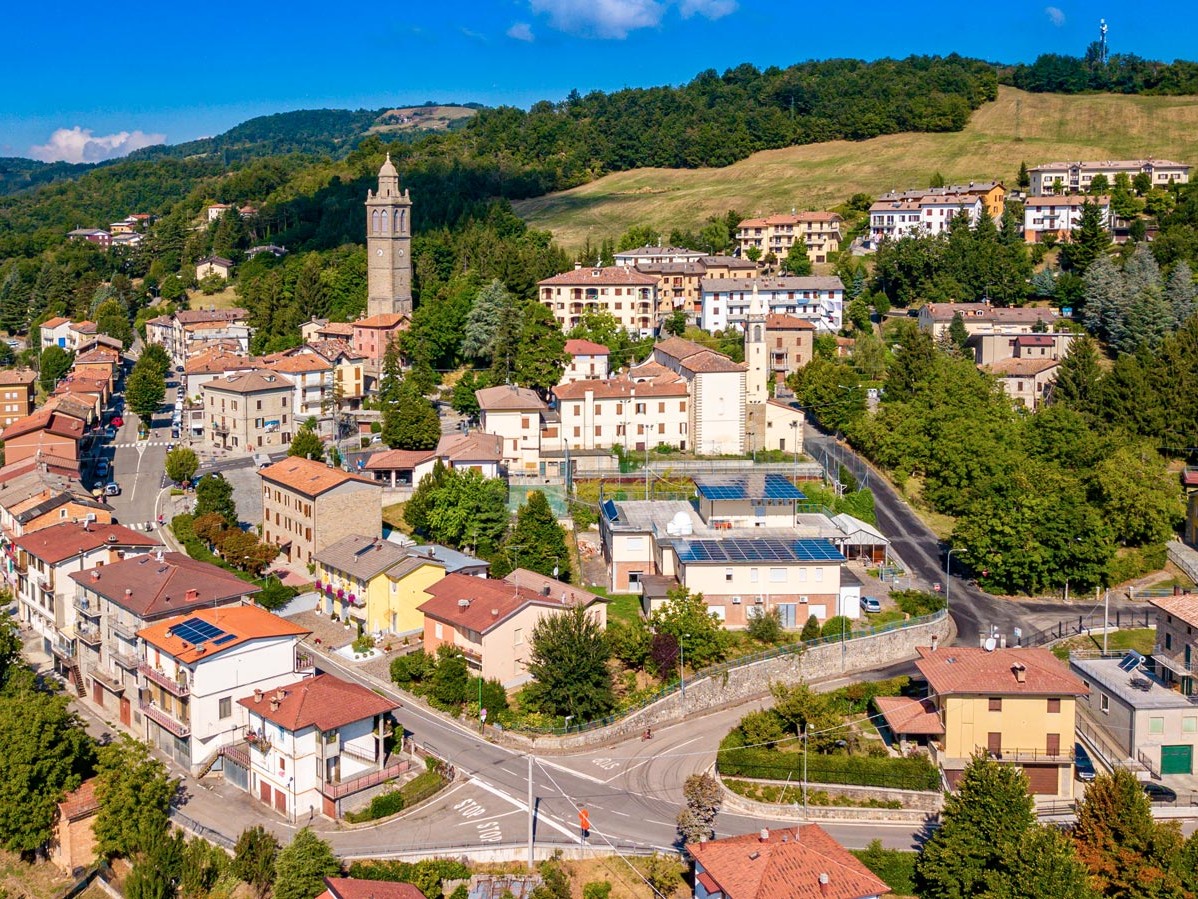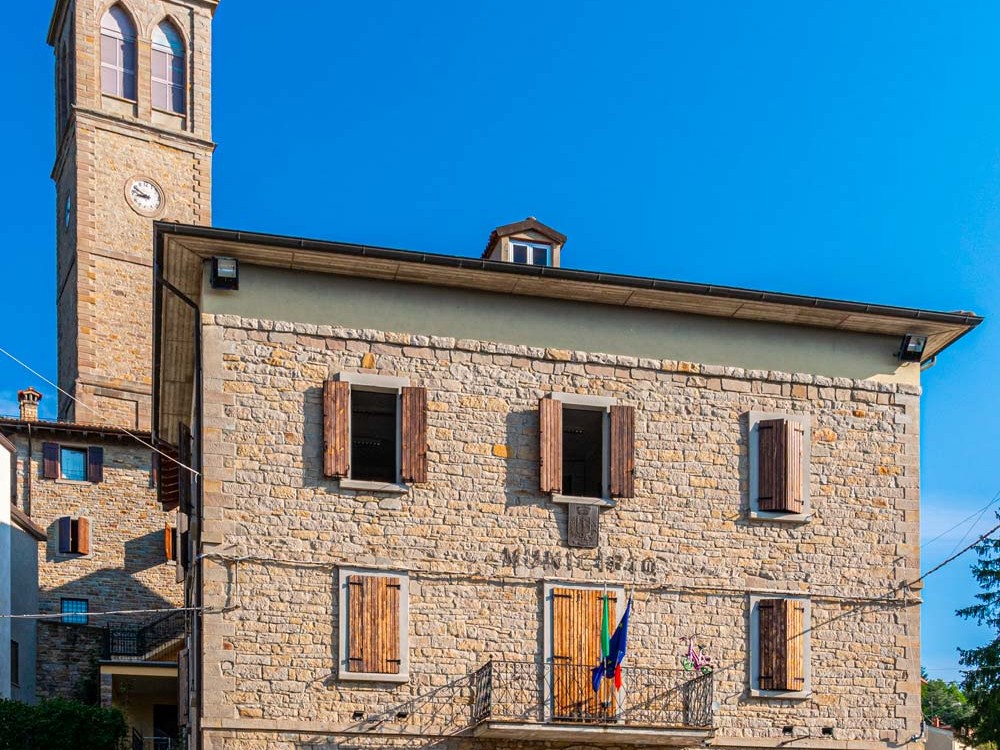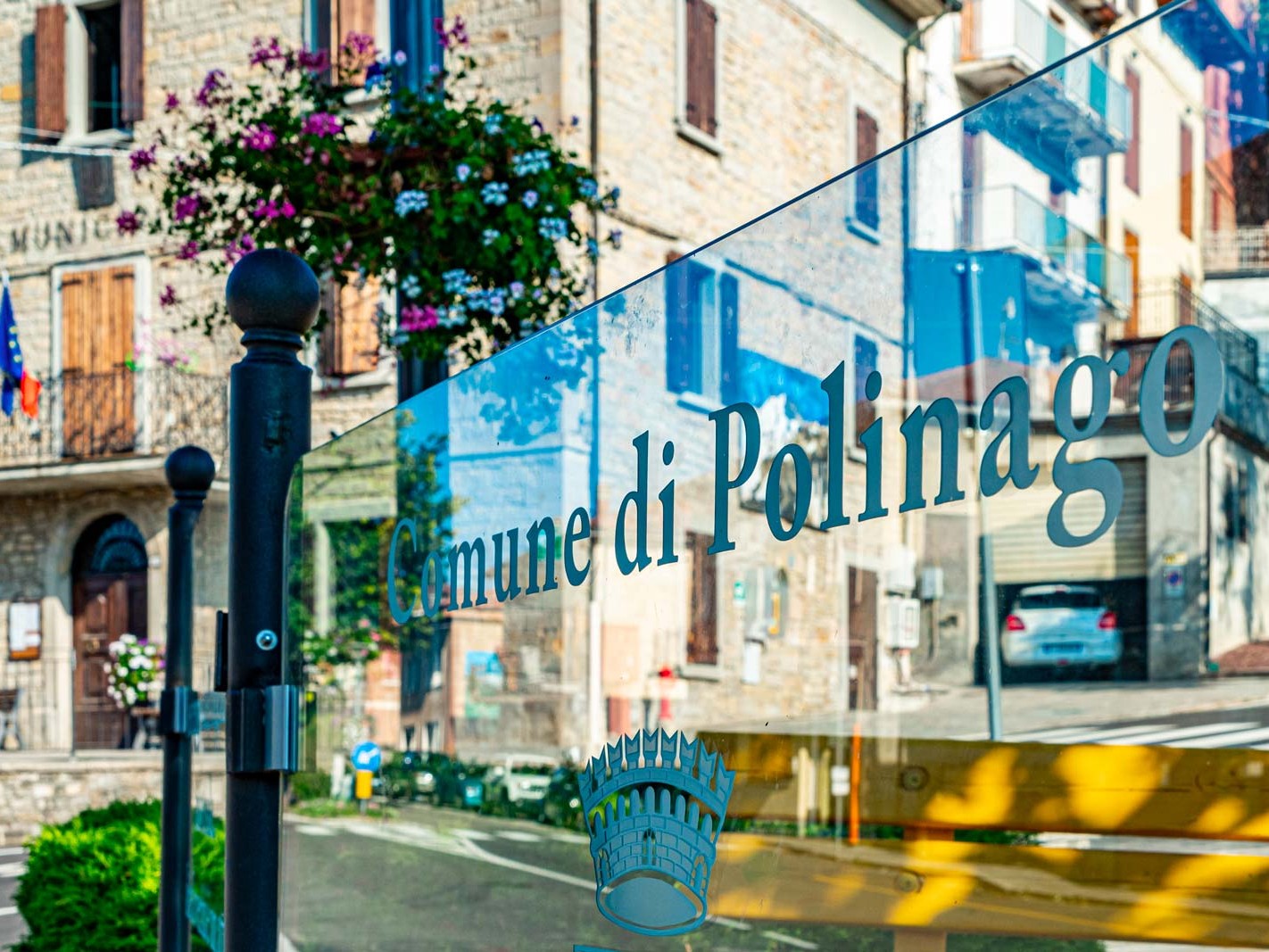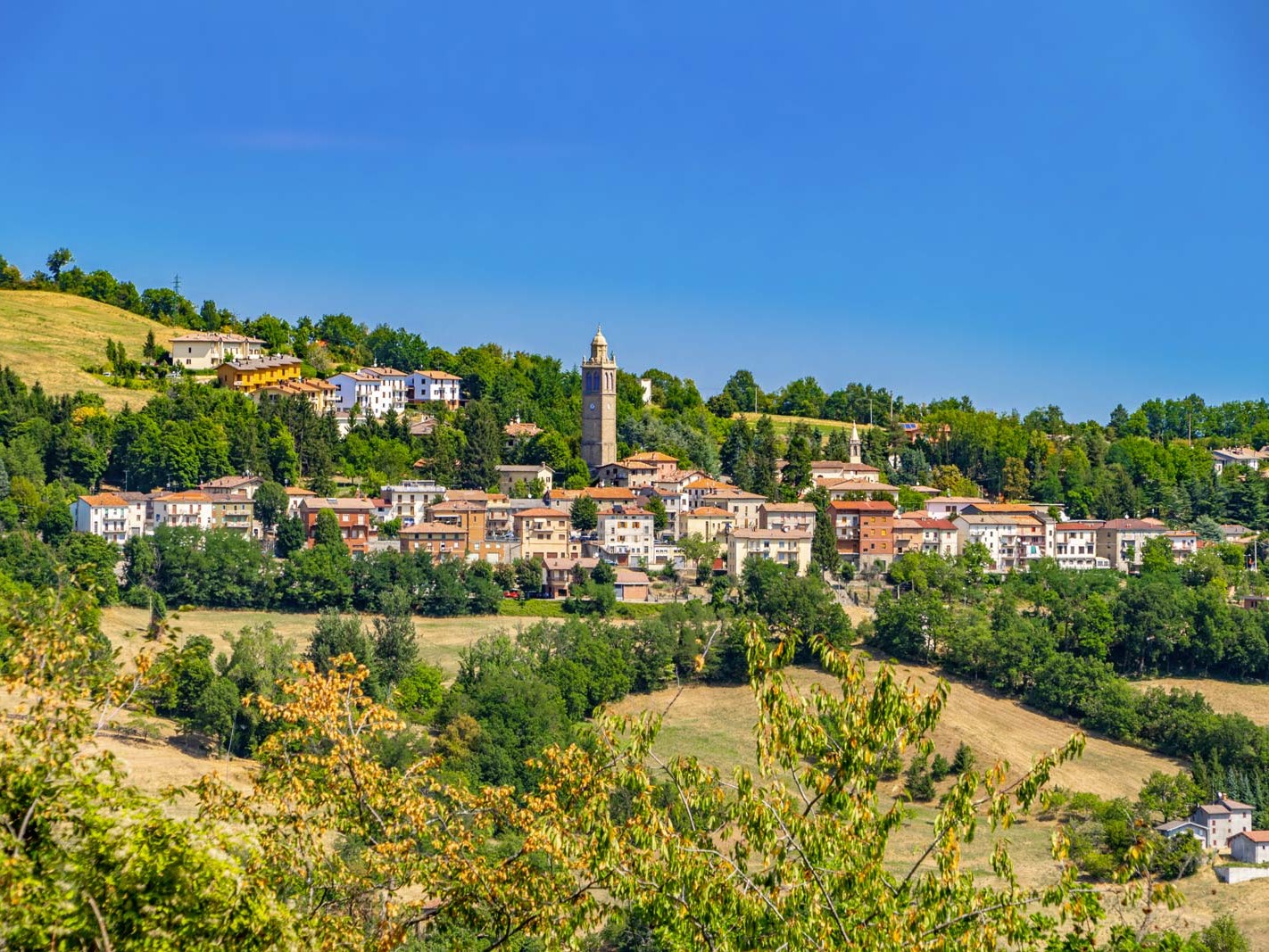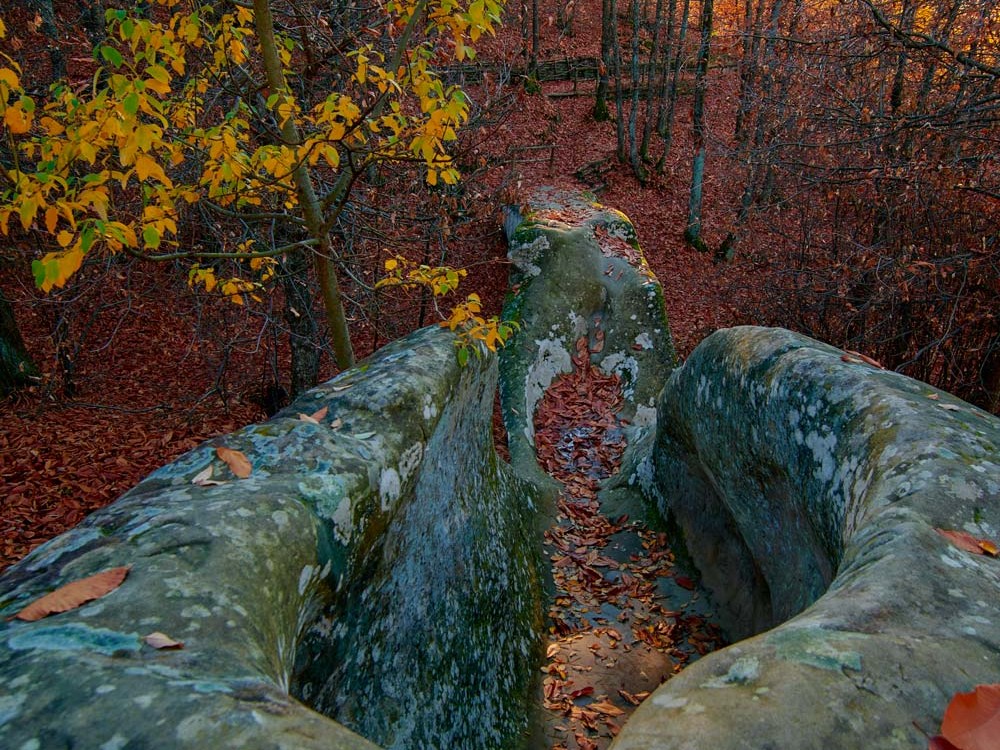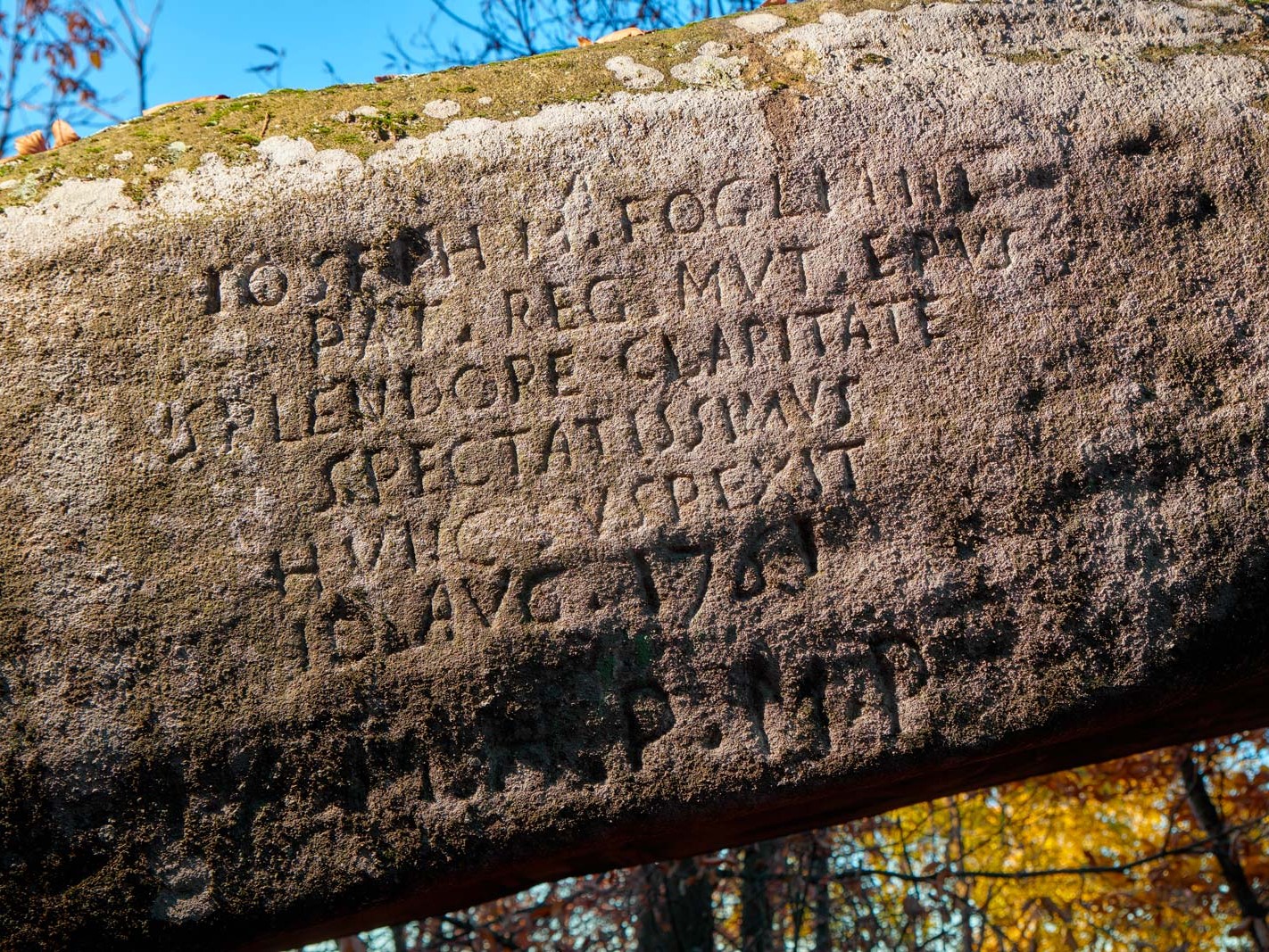Info
Corso Roma n. 71 41040 Polinago (Modena) - Italia
Location
Polinago is the main town in the Rossenna Valley, the third largest valley in the Modena Apennines after the Panaro Valley and the Scoltenna Valley, and is situated within the Frignano Regional Park, 50 Km from Modena, 61 km from Reggio Emilia, and 77 km from Bologna.
The Rossenna Valley takes its name from the mountain stream of the same name, which flows from the northern side of Mount Cantiere (1,618 metres). The obvious similarity between the name Rossenna and “Rasenna”, the name the Etruscans called themselves, is surprising, and has led to the theory that places in the area were once Etruscan outposts.
Why
In Polinago you can experience the harmony of the mountains, land, local culture and traditions either on a solo or family holiday. The climate is that of a mid-mountain zone, although altitudes within the territory range from around 300 metres in the village of Talbignano to 1,100 metres at the summit of Mount San Martino, offering changing landscapes of natural beauty. From the gentle hills of Cinghianello, to the woods surrounding the hamlet of Brandola, known for its castle, the Herculean Bridge and the miraculous properties of its natural spring water; from the solitary villages of San Martino to the main town itself, standing on a sunny, open hillside, with Mount Cimone opposite; from historic, seventeenth-century Gombola standing in a splendid panoramic position, to Talbignano and the imposing Palazzo Cesis; from the verdant Palaveggio to the more desolate Casa Matteazzi with its high-altitude meadows and artificial lakes; from the mud volcano in Canalina to the ridge which descends towards Prignano. And everywhere vast swathes of woodland full of chestnut trees, oak trees, poplars, ash trees and hornbeams, and a dense undergrowth of heather and gorse.
When
Polinago is the ideal destination to spend your free time in the green Apennine mountains during the summer months.
Not to be missed
You cannot leave Polinago without having tasted the dairy products which are the pride of the local food industry, especially the Parmigiano Reggiano and the ricotta from Cinghianello.
What to eat
From crescentine (flatbreads) to borlenghi (local pancakes), from croccante (almond crunch) to ciacci (chestnut-flour pancakes), to typical products such as mushrooms, chestnuts and cheese: the Modena Apennines offer a wide range of culinary delights just waiting to be discovered.
The gastronomic traditions of the mountains bring together a unique range of timeless recipes; all these products can be purchased in the local shops of the area or also directly from the producers.
Entertainment
There are bars and restaurants in the main town and the outlying villages. The main forms of entertainment, organised by local associations, tend to take place during the summer months, when tourist numbers are traditionally higher.
Keeping fit
As well as various sports facilities to keep fit, visitors can enjoy the many hiking trails in the area, either independently or in organised groups, for example during the event “Trekking under the Stars”, organised by Polinago Tourist Office.
Events
Two important events in the town are the ancient “Fiera dello Statuto” or Charter Fair (second Sunday in July), and the “Fiera di San Rocco” dedicated to St Roch, whose feast day, 16th August, falls in the middle of the summer festival “Polinago in festa”, held during the “Ferragosto” summer holiday week which celebrates the Assumption of Mary.
Over the last few years, the first Sunday in August has seen “2&4 Ruote d’Epoca” (2 and 4 Vintage Wheels) take place, an event attracting exhibitors, collectors and lovers of vintage cars and motorbikes from all over the region.
Surrounding area
Sights worthy of note include the Parish Church of Saint Mary of the Assumption in Polinago, the Oratory of the Holy Cross in Gombola, the Oratory of the Infant Mary in Cinghianello, and the Oratory of Cavecchia in Brandola, as well as several ancient hamlets and manor houses. In addition, the area is home to two castles, Gombola and Brandola, which give their name to the respective villages which gradually grew up around them, as well as to the ancient Romanesque bridges of Ponte Brandola and Ponte Cervaro.
From Brandola, once known for its healing waters, a path crosses through the woods of the same name and leads to the archeological area of Ponte Ercole (Hercules’ Bridge, also known as the Devil’s Bridge), which lies on the borders of Polinago, Lama Mocogno and Pavullo. The bridge is actually a large, arch-shaped monolith, which is also depicted in frescoes dating to 1596, painted by the artist Cesare Baglione in the “Sala delle Vedute” of Spezzano Castle.
Position
Nature & Environment
Nothing found.
Art & Culture
Nothing found.
Frazioni
Nothing found.
Appennines4Kids
Nothing found.



